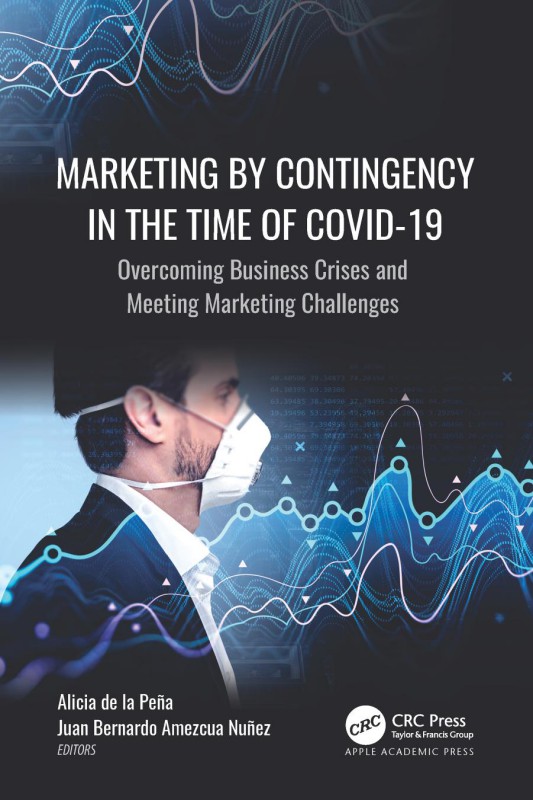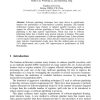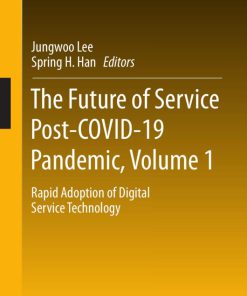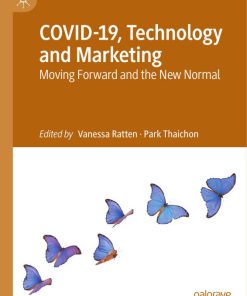Marketing by Contingency in the Time of Covid 19 1st edition by Alicia de la Peña 9781000608946 1000608948
Original price was: $50.00.$25.00Current price is: $25.00.
Authors:Alicia de la Peña , Series:Management [523] , Author sort:Peña, Alicia de la , Languages:Languages:eng , Published:Published:Aug 2022 , Publisher:CRC Press , Comments:Comments:Marketing by Contingency in the Time of Covid-19: Overcoming Business Crises and Meeting Marketing Challenges provides conceptual and empirical evidence from a marketing and business perspective about how firms and nonprofit organizations in developing countries have coped with the Covid-19 pandemic. The Covid-19 pandemic became not only a health threat but also a business threat and challenge. This book analyzes successful—and failed—marketing strategies that have been implemented by renowned and emerging firms and nonprofit organizations in reaction to the unprecedented market situation caused by the Covid-19 pandemic. Using case studies, the chapters identify the elements that were critical for strengthening a product or company’s brand value, consumer satisfaction, and loyalty during this time of crisis and uncertainty. The information and experiences shared here show how organizations learned to be resilient and reacted to challenging market situations using creativity and innovation to present consumers with prompt solutions to cover their most basic needs. Topics cover brand engagement, influencer marketing, building consumer trust, navigating restrictive conditions using analytics and predictive modeling, internal marketing, and more. Key features: Presents and assesses strategies to react to business challenges—both economic and social Provides conceptual and empirical evidence on how to deliver value to consumers in times of uncertainty Shows the reality faced by businesses and nonprofit organizations when a crisis emerges Evaluates the critical role of social media and e-commerce as strategic resources to help business and nonprofit organizations survive—and even grow—during a crisis Examines the role of internal marketing during a pandemic The successes and failures of the marketing strategies discussed in this volume will aid professors and students, business leaders, marketing professionals, public relations professionals, and others in identifying the processes needed to overcome business and social troubles during periods of crisis. Provides conceptual and empirical evidence from a marketing and business perspective about how organizations have coped with the COVID-19 pandemic. Using case studies, the chapters identify the critical elements for strengthening a product or company’s brand value, and loyalty during this time of crisis and uncertainty.













